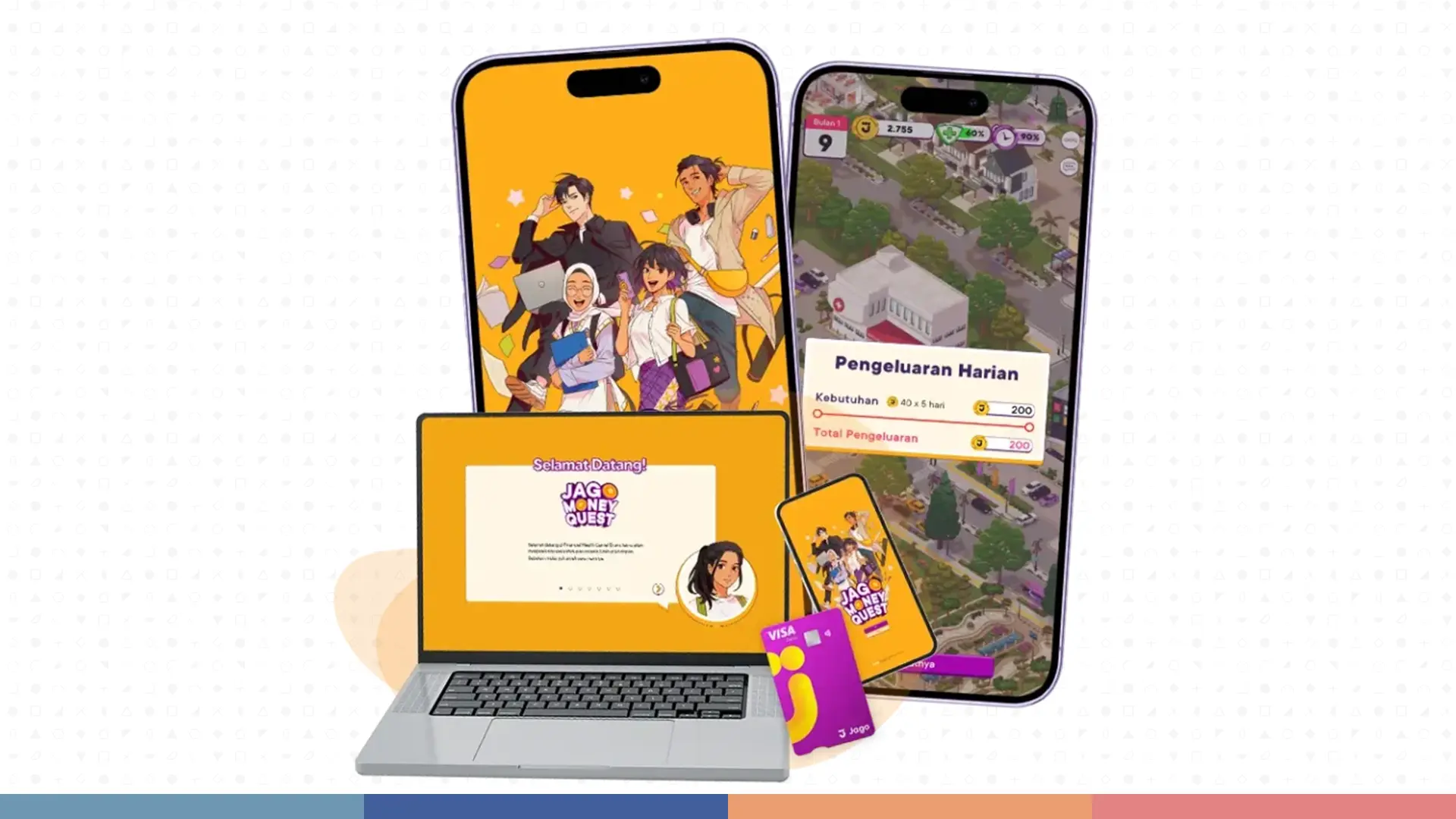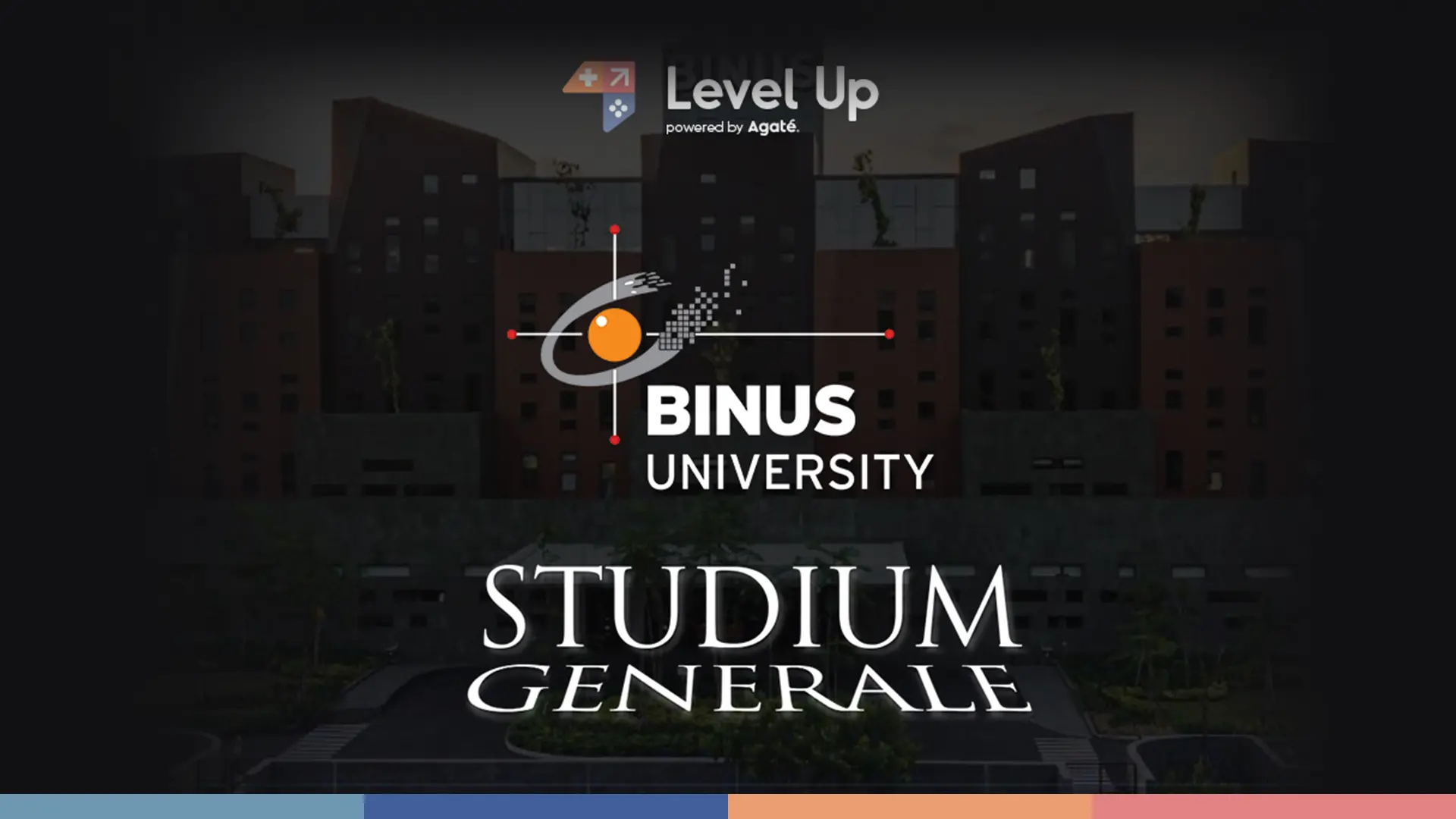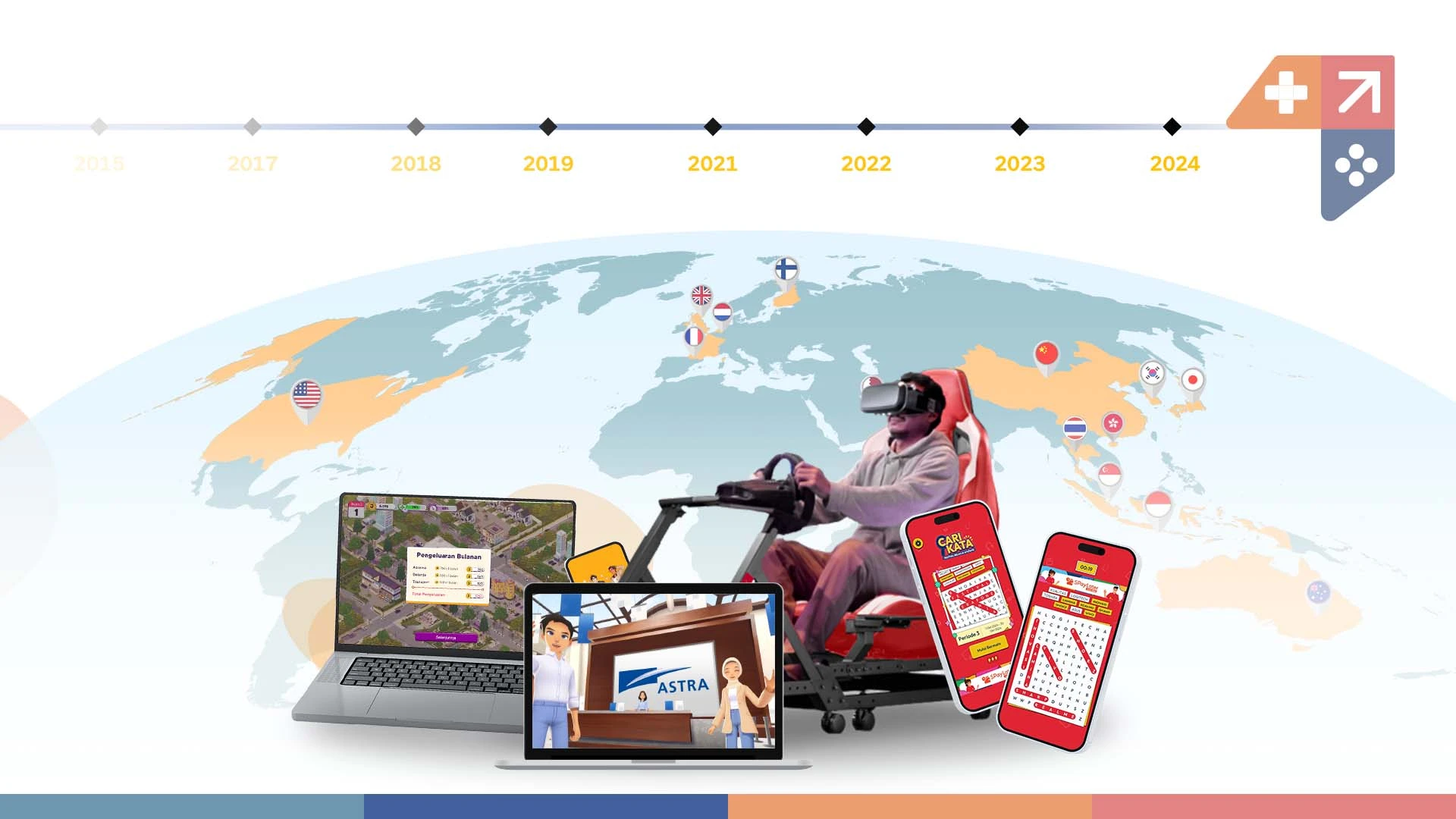Is Immersive Virtual Reality the Future? We Explain Why!

Immersive Virtual Reality (VR) is swiftly moving from a niche technology to a mainstream tool, with applications sprawling across various industries, from healthcare to real estate, education to entertainment. As technology continues to advance and accessibility improves, immersive VR is poised to redefine our interaction with digital content. In this article, we delve into why immersive VR is likely the future of digital interaction, and how it is reshaping industry standards and consumer expectations.
What is Immersive Virtual Reality?
Defining Immersive VR
Immersive VR refers to a fully-engulfing visual and sensory experience that transports users to a virtual world. Utilizing head-mounted displays (HMDs), spatial audio, and sometimes haptic feedback systems, immersive VR creates a compelling sense of presence that makes the virtual feel real.
Defining Immersive VR
Immersive VR refers to a fully-engulfing visual and sensory experience that transports users to a virtual world. Utilizing head-mounted displays (HMDs), spatial audio, and sometimes haptic feedback systems, immersive VR creates a compelling sense of presence that makes the virtual feel real.
Technological Foundations
At its core, immersive VR relies on advanced technologies such as 6DoF (six degrees of freedom) tracking, which allows users to move naturally in the virtual space. High-resolution displays and real-time rendering contribute to the realism, making immersive VR particularly effective for training simulations and experiential marketing.
Statistical Insights and Advancements
According to a report by MarketsandMarkets, the immersive VR sector is expected to grow from USD 10.5 billion in 2019 to over USD 34 billion by 2024, indicating a robust expansion driven by applications in training, education, and marketing. Businesses are finding that VR not only enhances learning outcomes with an increase in retention rates by up to 75% but also significantly boosts customer engagement and brand loyalty.
The Evolution of Immersive VR
Technological Advancements
The rapid advancement in VR technology has significantly reduced barriers to entry. Modern VR headsets offer higher resolutions, wider field of view, and more accurate tracking systems, making the experience increasingly realistic and engaging. These improvements not only enhance user satisfaction but also expand the use cases for VR across different sectors.
Increasing Accessibility
As hardware costs decrease and VR software becomes more ubiquitous, immersive VR is becoming more accessible to the general public. This democratization of technology is crucial for its adoption on a global scale, ensuring it reaches a critical mass of users and industries.
Why Immersive VR is the Future
Enhanced Immersive Experiences
Immersive VR uniquely offers a three-dimensional, interactive environment that traditional screens cannot provide. This capability allows users to feel truly present in a digital world, which is invaluable for applications such as virtual travel, immersive education, and detailed training simulations.
Transformative Educational and Training Tools
In education and training, immersive VR has shown to improve retention rates and engagement significantly. For example, medical students using VR can perform surgical procedures in a risk-free, controlled environment, enhancing their learning speed and comprehension.
The recent surge in remote work has highlighted the need for better virtual collaboration tools. Immersive VR can create virtual workspaces that mimic the dynamics of real office environments and facilitate a new level of collaboration among global teams.
In entertainment, VR is pushing the boundaries of storytelling and user interaction, providing experiences that are profoundly engaging and personal. Social VR platforms, where users can interact with each other in a fully virtual environment, are also gaining traction, redefining social connectivity.
Level Up Powered by Agate: Pioneering in Immersive VR
Level Up powered by Agate is at the forefront of developing immersive VR solutions that cater to businesses looking to harness the power of this technology. By integrating immersive VR into their operations, businesses can enhance their training programs, marketing strategies, and customer engagement initiatives, ultimately leading to increased ROI and improved customer satisfaction.
Conclusion
Immersive VR is not just a fleeting trend; it is rapidly becoming a fundamental technology that is reshaping how we interact with the world and each other. With its ability to deliver highly engaging, personalized experiences, immersive VR holds the potential to revolutionize industries, making it a pivotal element in the future of digital interaction.
Frequently Asked Questions
Q: What industries can benefit most from immersive VR?
A: While almost all industries can benefit from VR, sectors like healthcare, education, real estate, and entertainment are currently seeing the most significant impacts due to their high reliance on visual and experiential content.
Q: Are there any risks associated with immersive VR?
A: Challenges include the potential for VR sickness due to prolonged use, privacy concerns with data collection in VR, and the need for substantial initial investments in VR setup and content creation.
Q: How can businesses start integrating immersive VR?
A: Businesses should start by identifying areas where VR can significantly impact, such as training, product demos, or customer service, and then partner with experienced VR developers like Level Up powered by Agate to create tailored solutions.
Q: Is immersive VR cost-effective in the long run?
A: Yes, while the initial setup for immersive VR can be costly, the long-term benefits of improved training efficiency, enhanced customer experiences, and innovative marketing can outweigh the initial investments.
If you are interested in learning more about gamification and how it can benefit you or your organization
Check out our gamification services page and contact us today. We are ready to help you create a gamification experience that aligns with your needs and preferences.
- All Posts
- All




















